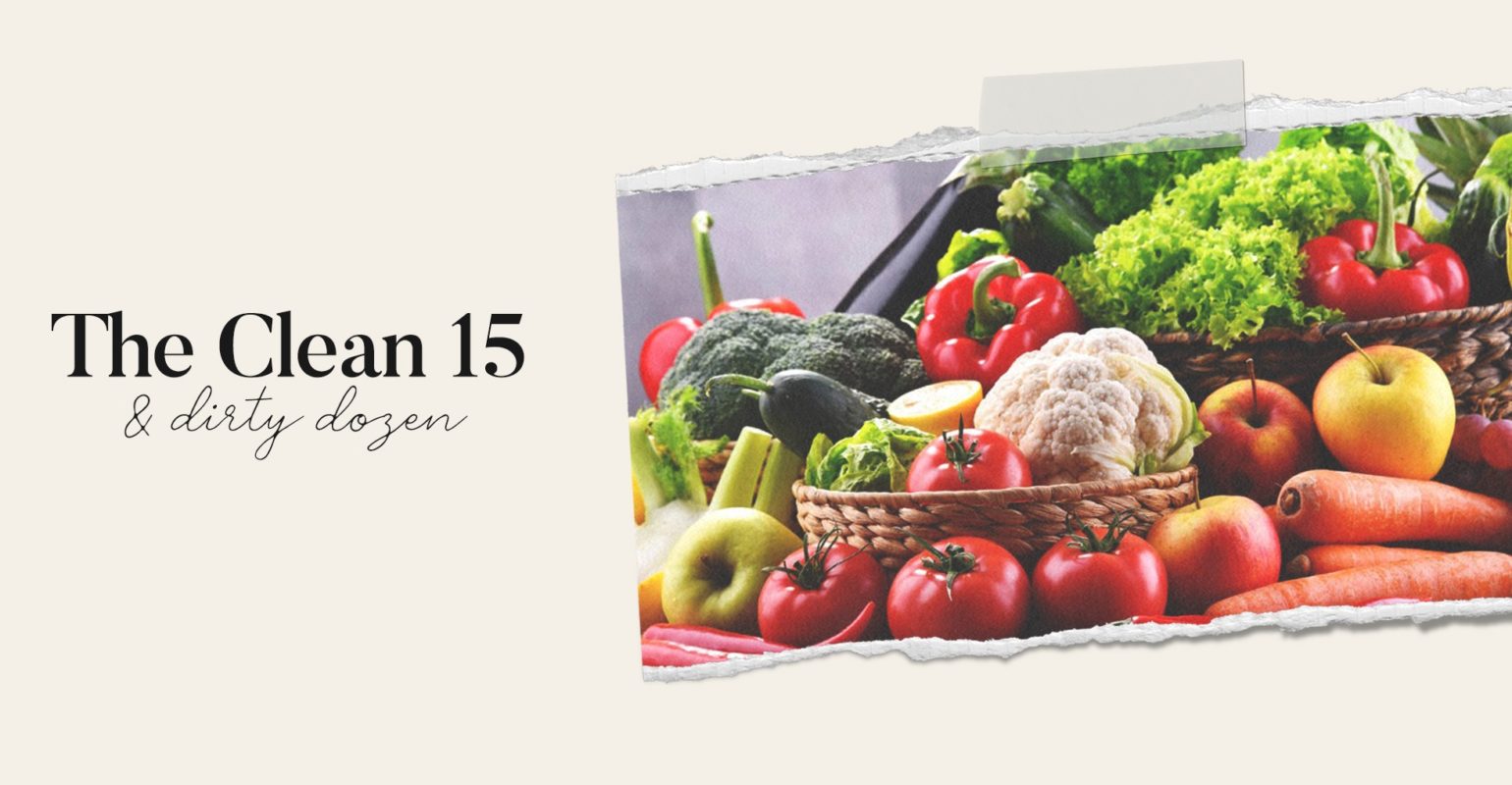People are always looking at how to buy the best food they can.
We know from past organic food awareness campaign, Grocery Store Wars, it is best to try to buy organically grown foods, like organic fruits and organic vegetables.
However, you want to try buy organic without spending a fortune.
Well there is a way to help make sure you can get the best groceries and know which ones you need to avoid.
This is using current data available to the public on the amount of pesticide residue on foods in the US.
The below list of foods is kept up to date each year by the nonprofit, Environmental Working Group (EWG). This is the current list of foods for 2022.
The Clean 15 Food List for 2022
- Avocado
- Sweet Corn
- Pineapple
- Onion
- Papaya
- Frozen Sweet Peas
- Asparagus
- Honeydew Melon
- Kiwi
- Cabbage
- Mushrooms
- Cantaloupes
- Mango
- Watermelon
- Sweet Potatoe
(Source)
The Environmental Working Group also suggests another reason to look to buy the Clean 15 foods when they are organically grown is because:
Small amount of sweet corn, papaya and summer squash sold in the United States is produced from genetically modified seeds. Buy organic varieties of these crops if you want to avoid genetically modified produce.
Environmental Working Group
The Dirty Dozen Food List for 2022
- Strawberries
- Spinach
- Kale, collard and mustard greens
- Nectarines
- Apples
- Grapes
- Bell and hot peppers
- Cherries
- Peaches
- Pears
- Celery
- Tomatoes
(Source)
* The EWG also have a supplementary warning that small amounts of sweet corn, papaya and summer squash are from genetically modified seeds.
The Dirty Dozen vs The Clean 15
The Dirty Dozen™ is a trademark term used to define the twelve crops that farmers typically use the most pesticides on, versus, the Clean 15™ which is also a trademark term to describe the fifteen fruit and vegetable that have the lowest amount of pesticide residue.
The 501(c)(3) nonprofit, Environmental Working Group owns the trademarks to both these terms and produces these two food lists annually as part of the EWG’s Shopper’s Guide to Pesticides in Produce™ awareness campaign.
Where Does the Data Come From
The data for these food lists comes from the United States Department of Agriculture Pesticide Data Program.
The pesticide data program reports what it has discovered when monitoring pesticide residue levels on agricultural commodities commonly consumed by infants and children.
Buy Online and Give Back
When you’re looking at your grocery list budget, try prioritize your food buying decisions using this data.
If you are able to afford to buy organic produce it appears that is a good choice. Many grocery stores are now offering convenient, curbside pick-up and grocery delivery services.
Plant-based eating is also becoming increasingly popular as many consumers are now learning about the negative impacts factory farming has on our environment and water supply. When you order your next vegan meal online you earn cash back that you can easily donate.

